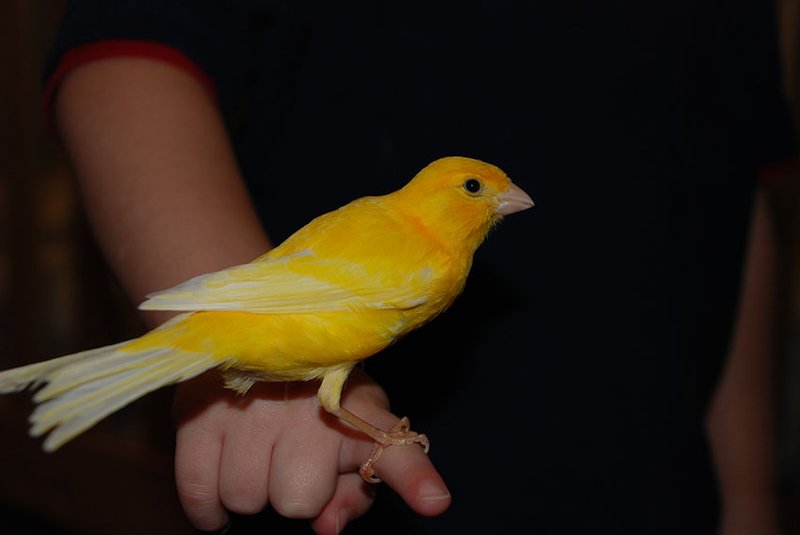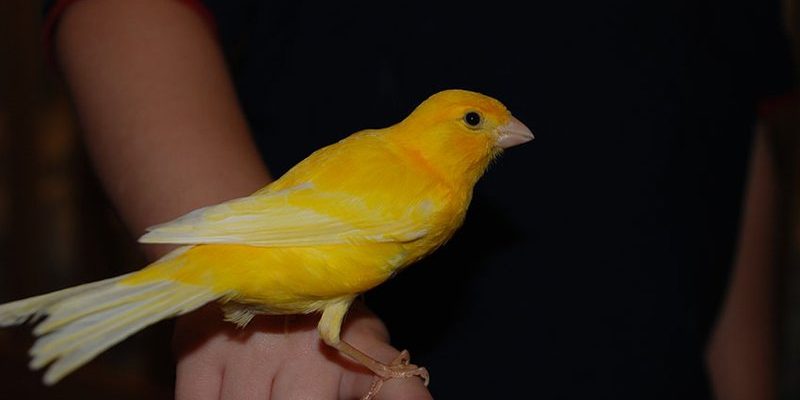
Let me explain. Taming a canary is different than taming a pet that seeks out your attention. Canaries are naturally more independent and can be a bit skittish. However, with some patience and proper handling techniques, you can create a friendly relationship with your feathered friend. Think of it like building trust with someone new; it takes time, understanding, and a gentle approach.
In this guide, we’re going to dive into how to handle your canary effectively, what to expect in terms of behavior, and tips for creating a comfortable environment. We’ll explore everything from their living conditions to socialization techniques so you can enjoy the cheerful company of your new pet.
Understanding Your Canary’s Behavior
To start off, it’s crucial to understand that canaries are naturally *cautious* creatures. This is a survival instinct, since in the wild, they have to watch out for predators. When you bring your canary home, it might take some time for it to adjust to new surroundings. You might notice your canary singing sweetly in its cage, but when you approach, it could flutter away to the far corner. This is normal!
Here are some behaviors you might see in your canary:
- Fluffing Up: This usually means your canary is feeling relaxed or content.
- Chirping or Singing: This is a sign of happiness, especially when they do it frequently.
- Hiding: If your canary hides or seems frightened when you approach, it needs more time to acclimate.
Understanding these behaviors is the first step to bonding with your bird. Take things slow, and don’t rush the process. Just like humans, every canary has its personality. Some might take longer to warm up than others, so be patient as you learn your bird’s unique quirks.
Creating a Comfortable Environment
Before you even hold your canary, let’s talk about its home. A comfortable environment is essential for your bird to feel secure. Make sure its cage is spacious enough for it to fly around a bit; think of this as providing a living room where it can stretch its wings.
Include these essentials in your cage setup:
- Perches: Place a few different-sized perches at various heights. This gives your canary options and helps exercise its feet.
- Toys: Adding toys will stimulate your canary mentally and physically. Just ensure they’re safe and bird-friendly.
- Food and Water: Use a clean food dish and a water bottle that’s easy for your canary to access.
Here’s the thing: a happy canary is a more approachable canary. If your bird feels safe in its environment, it will be more likely to be curious about you. Always keep the cage in a quiet space, away from the hustle and bustle of daily life. This helps your feathery friend feel respected and allows it to explore its new home at its own pace.
Building Trust Through Consistent Handling
Once your canary’s environment is sorted out, it’s time to start building trust. But how do you handle a bird that’s a bit wary? Start by spending time near the cage. Sit quietly and talk softly to your canary, letting it get used to your presence. You could read out loud or sing—it’s a nice way to show your bird that you mean no harm.
After a few days of this, you can try to offer treats through the cage bars. Here are some ideas:
- Fresh Fruits: Offer small bits of apple or carrot.
- Seeds: Use a small spoon to give a few seeds as a treat.
- Sprouts: Canaries enjoy fresh greens, which can be a nutritious treat.
Here’s a tip: always keep your hand calm and steady while offering treats. Once your canary starts to take them from you, that’s a great sign it’s becoming more comfortable. This part of the process can take time—be patient and don’t rush it.
How to Hold and Handle Your Canary
Now that you’ve established a level of trust, you might be wondering how to safely pick up your canary. Honestly, holding a small bird can feel a bit daunting, especially if you’re new to it. The key is to be gentle and slow.
Start by gently placing your hand in the cage without trying to grab your bird immediately. Let it come to you. You can create a little perch with your fingers; sometimes, birds are curious and may hop onto your hand naturally. If your canary doesn’t want to come out right away, that’s perfectly okay—give it time.
Here’s how to handle your canary once it’s ready:
- Support Its Body: When you pick it up, make sure to support its body with both hands to avoid stress.
- Keep It Calm: Speak softly and move slowly to keep your canary relaxed.
- Limit Handling: Don’t hold your canary for too long at first; a few minutes is enough until it gets used to being handled.
By allowing your canary to feel safe while handling it, you’ll strengthen the bond between the two of you.
Socialization with Other Birds
If you’re considering getting more than one canary, it’s important to know how they socialize with each other. Canaries are generally social creatures, so having a friend can benefit their overall well-being. However, introducing new birds needs to be done carefully.
Here’s how to go about it:
- Quarantine New Birds: Before introducing a new canary, keep it separate for a couple of weeks to avoid any potential illnesses.
- Gradual Introduction: Place the cages near each other first, letting them see and hear one another before letting them meet.
- Supervise Initial Meetings: When you let them meet, be sure to closely supervise, as some canaries might be territorial.
With time and the right approach, your canaries can become close companions, adding even more joy to your life. Plus, they’ll entertain each other while you’re at work or busy with chores!
Common Problems and Troubleshooting
Sometimes, even with the best intentions, issues can arise when trying to tame a canary. Here are some common problems and quick troubleshooting tips:
- Fearful Behavior: If your canary seems overly scared, check if there are any loud noises or other stressors nearby that could be unsettling.
- Excessive Chirping: If your canary chirps too much, it might be bored or lonely. Try introducing new toys or spending more time near the cage.
- Health Issues: If your bird shows signs of lethargy or unusual behaviors, it’s essential to consult a vet who specializes in birds.
Being a responsible pet owner means knowing how to address these issues when they come up. With care and patience, most behavioral problems can be resolved.
Enjoying Your Bond with Your Canary
At the end of the day, taming a canary is all about patience, consistency, and love. These little birds can fill your home with joy and melody, and by taking the time to understand and bond with them, you’ll find that they can be much more than just a pretty pet.
So as you embark on this journey of bird ownership, remember to embrace the learning curve. Each moment spent with your canary brings you closer to understanding its unique personality. And who knows? With enough time, you might just find yourself with a little feathered friend who not only sings but also enjoys your company.
Take heart, and enjoy the process—your canary has a lot to share, if you’re willing to listen!

